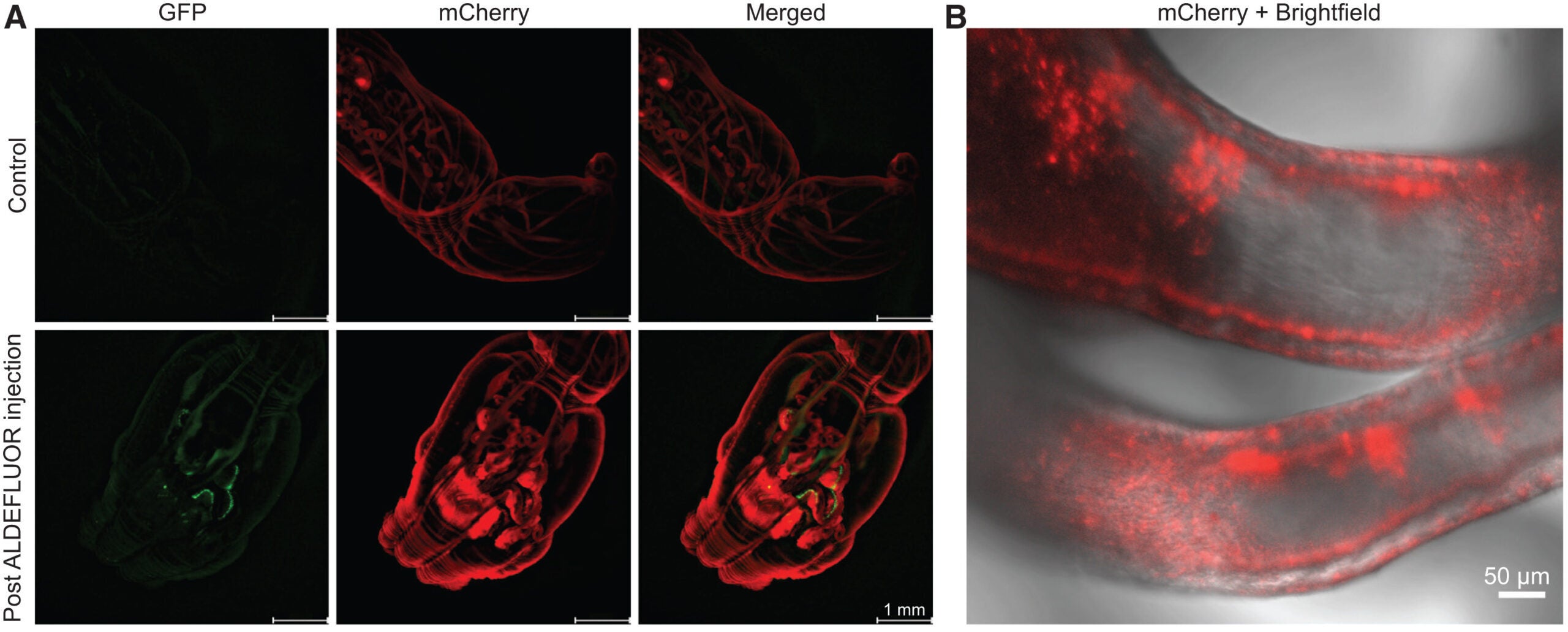Stem cells are extraordinary cells capable of self-renewal, differentiation, and tissue integration, making them indispensable in modern medicine. Their ability to develop into specialized cell types offers potential treatments for numerous conditions, including immune deficiencies and tissue damage.
The process involves transplanting healthy stem cells into a recipient, where they integrate and restore function. This technique, rooted in hematopoietic and immune system research, has transformed our understanding of tissue maintenance and regeneration.
Stem cells are identified through their functional properties. They integrate and proliferate in recipient tissues, persist over time, and can rescue damaged areas. These cells can also differentiate into other types, creating a self-sustaining population.
For decades, this functionality has underpinned therapies like bone marrow transplantation. Initially performed without isolating pure stem cell populations, bone marrow transplants paved the way for the identification and application of hematopoietic stem cells.

The pioneering work on human stem cells inspired research into other organisms, including invertebrates like tunicates, planarians, and hydrozoans. Evidence suggests that stem-like cells exist in the cnidarian class Hexacorallia, which includes reef-building corals. However, isolating and transplanting these cells in Hexacorallia has remained unexplored—until recently.
Climate change has severely impacted coral reefs, with rising sea temperatures causing widespread bleaching and mortality. Coral reefs, essential to marine ecosystems, face unprecedented destruction due to anthropogenic climate change. In a groundbreaking effort, researchers have proposed a novel approach to coral conservation: stem cell transplantation.
Dr. Benyamin Rosental of Ben-Gurion University and his team recently demonstrated the feasibility of stem cell transplantation in Hexacorallian models.
Their study, published in Cell Reports, focused on sea anemones, close relatives of corals. Using the species Nematostella vectensis, the team successfully isolated, transplanted, and integrated stem cells, achieving differentiation and proliferation in recipient individuals.
Related Stories
Dr. Rosental’s team developed a method to isolate stem cells from Hexacorallia, applying advanced techniques that could have implications beyond marine biology. “The basic idea is to develop cellular therapy for corals, similar to bone marrow transplantation in humans,” he explains. “In humans, we transplant bone marrow from a healthy individual to restore the immune system of a recipient with severe immune deficiency. For corals, the goal would be to transfer stem cells from heat-resilient individuals to vulnerable ones, enhancing their resilience to rising ocean temperatures.”
This innovative approach could revolutionize coral reef conservation. By transferring resilience, scientists aim to mitigate the effects of climate change on sensitive coral populations. The implications extend beyond ecological preservation; the research highlights the versatility of stem cells in addressing environmental challenges.
Dr. Rosental’s work reflects a collaborative effort, involving experts from Ben-Gurion University’s Center for Regenerative Medicine and Stem Cells, as well as the Goldman Sonnenfeldt School of Sustainability and Climate Change. Their multidisciplinary approach emphasizes the potential of cellular therapy to tackle urgent global issues.
While the study focused on Nematostella vectensis, its methods could be adapted to other Hexacorallian species. Establishing a reliable protocol for stem cell transplantation in reef-building corals could provide a lifeline for ecosystems under threat. The research represents a significant step toward integrating regenerative medicine into environmental science.
Stem cell transplantation in corals is not without challenges. Identifying the right donor cells, ensuring compatibility, and scaling the process for large populations are complex tasks. However, the potential benefits—restored coral health, enhanced resilience, and preserved marine biodiversity—make this a promising avenue for future exploration.
The study builds on decades of stem cell research, demonstrating its adaptability to diverse contexts. From treating human diseases to protecting coral reefs, stem cells exemplify the intersection of biology, medicine, and environmental science. As climate change accelerates, innovative solutions like this are crucial for preserving ecosystems and supporting global biodiversity.

This breakthrough offers hope in the fight against coral reef destruction. By combining stem cell technology with environmental conservation, scientists are charting a new course for protecting marine life. The resilience of coral reefs depends on bold, interdisciplinary approaches that harness the power of science to combat the challenges of a warming planet.
Note: Materials provided above by The Brighter Side of News. Content may be edited for style and length.
Like these kind of feel good stories? Get The Brighter Side of News’ newsletter.
The post Stem cell transplants could save the world’s coral reefs, study finds appeared first on The Brighter Side of News.